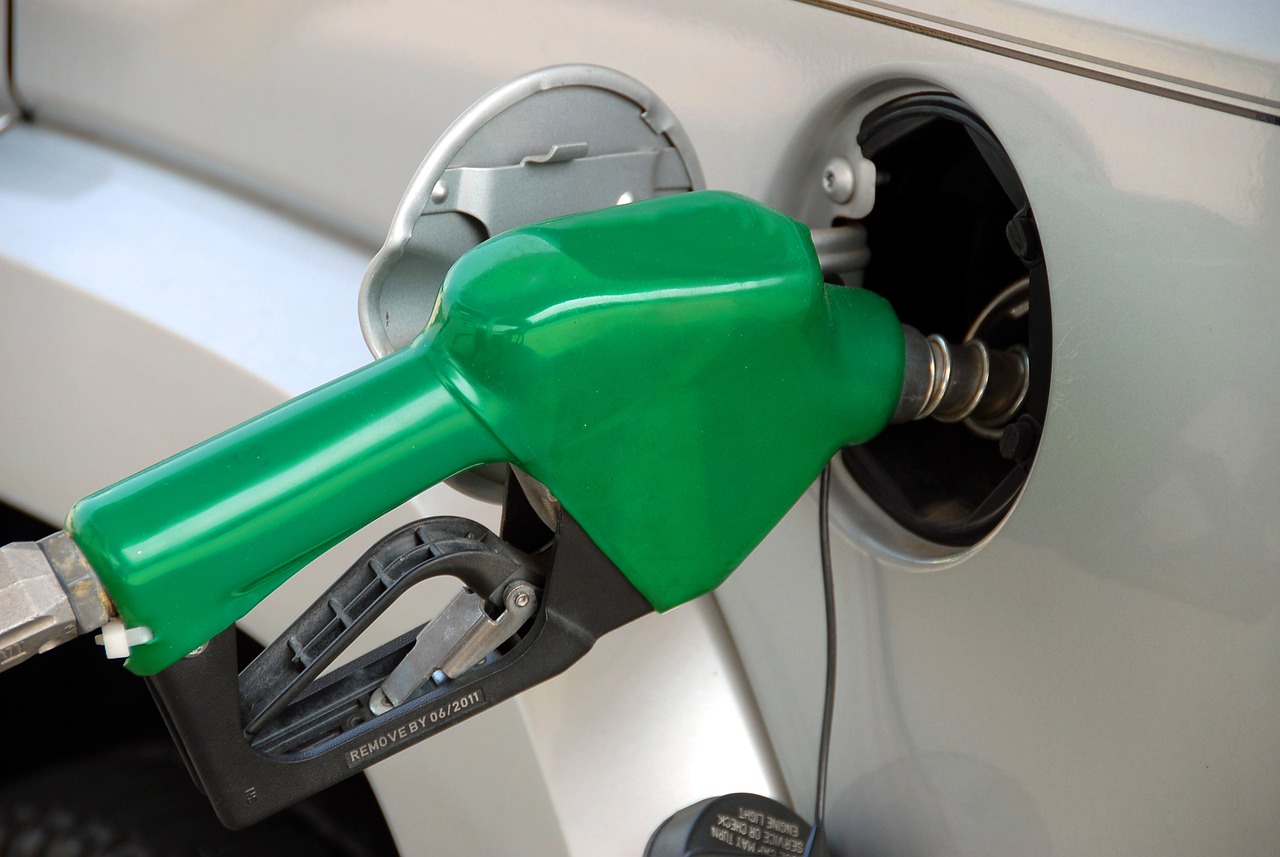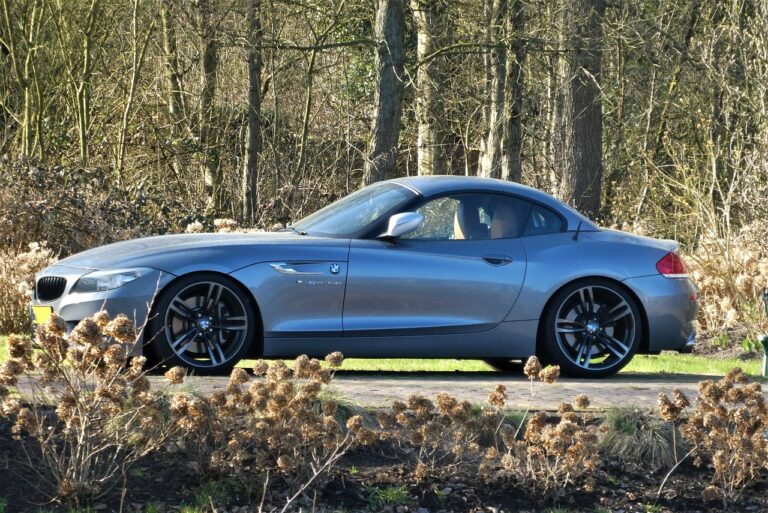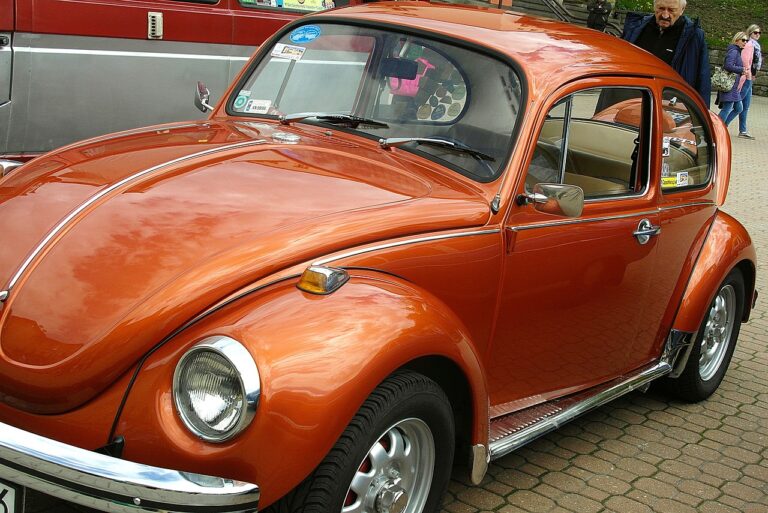The Psychology of Car Colors: What Your Choice Says About You
When selecting a car color, individuals often consider factors that go beyond personal preferences. One of the key influences is cultural significance. In many cultures, certain colors are associated with specific meanings or symbolism, leading individuals to choose a color that aligns with their cultural beliefs or values. Additionally, practical considerations such as the climate of the region where the car will be used can also play a role in color choice. For instance, lighter colors are often preferred in hot climates as they can help reflect sunlight and keep the interior of the car cooler.
Another factor that can impact car color choices is individual personality traits. Some studies suggest that extroverted individuals are more likely to choose bright and bold colors for their cars, while introverted individuals may opt for more neutral or understated tones. Similarly, age and gender can also influence color preferences, with younger individuals tending to prefer vibrant colors and older individuals leaning towards more classic and timeless options. Ultimately, the interplay of cultural, practical, and personal factors all contribute to the complex decision-making process when choosing the color of a car.
Popular car colors and their psychological meanings
White is a dominant choice among car buyers due to its association with purity, elegance, and a sense of cleanliness. This color is often favored by individuals who value simplicity and sophistication in their vehicle. White cars are perceived as modern and timeless, making them a popular choice for those seeking a classic aesthetic.
Black cars exude a sense of power, luxury, and authority, attracting individuals who desire to make a bold statement on the road. Black is often associated with sophistication and mystery, appealing to those who want to convey a sense of prestige and elegance through their choice of vehicle color. This color choice is popular among executives and individuals who prioritize style and status in their cars.
How do factors like culture and trends influence car color choices?
Factors like cultural preferences, trends in fashion, and societal influences can all play a role in determining popular car colors.
What are some of the most popular car colors and what do they symbolize psychologically?
Some popular car colors include white, black, silver, and red. White can symbolize purity and cleanliness, black can convey sophistication and power, silver can represent modernity and innovation, and red can evoke passion and energy.
Are there any car colors that are considered universally appealing?
While preferences may vary across cultures, colors like white and silver are generally considered to be universally appealing due to their associations with cleanliness and modernity.
Can the color of a car impact its resale value?
Yes, the color of a car can impact its resale value. Neutral colors like white, silver, and black tend to have higher resale values compared to more unique or unconventional colors.
Is it true that certain car colors are more prone to showing dirt and scratches?
Yes, darker colors like black and navy blue tend to show dirt and scratches more easily compared to lighter colors like white or silver.





